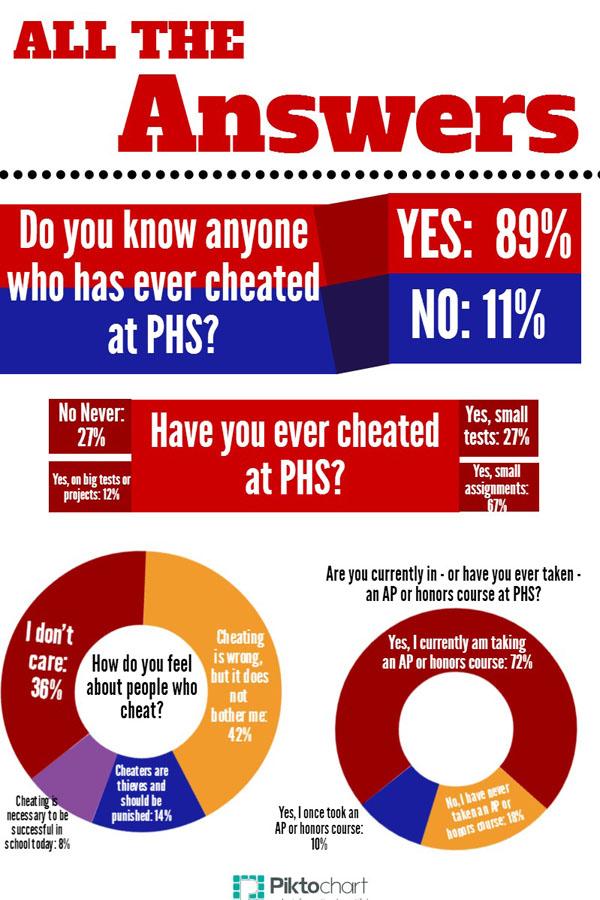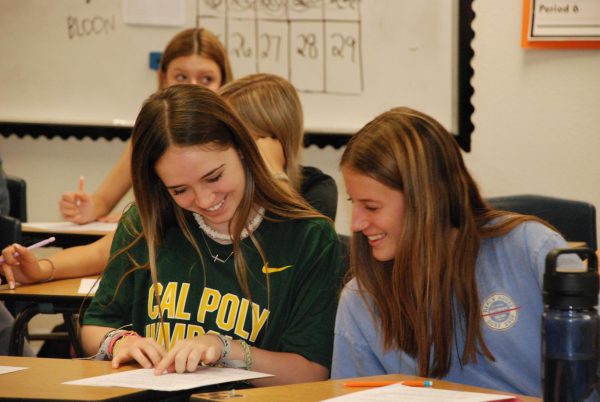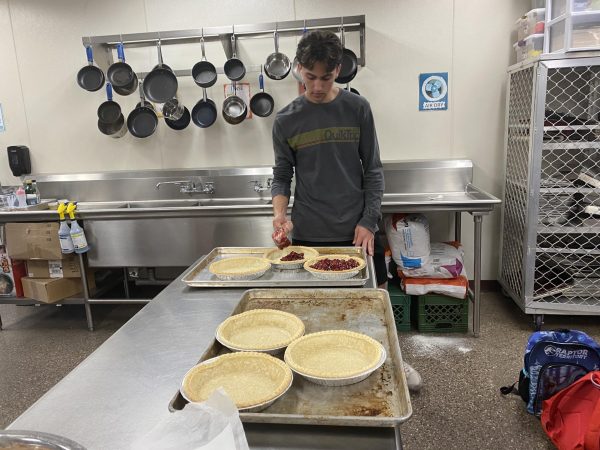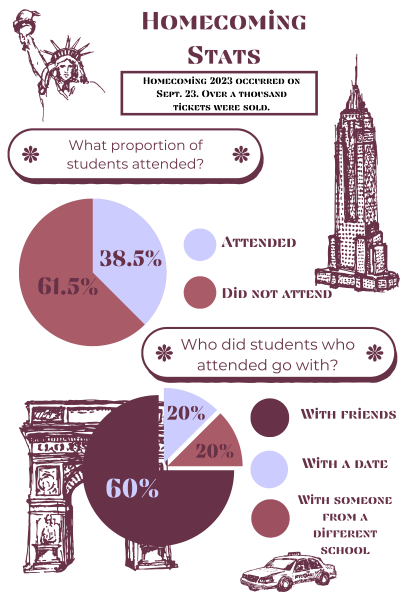Defining ‘cheating’ may be hard for teens
Every student has heard the same lecture from all of their teachers about plagiarism: it is no different than stealing someone’s property.
Que every student’s collective yawn.
To students, cheating just brushes off their shoulders but to teachers, it is a much more serious matter. In fact, authorities (teachers included)
“[Cheaters] look for the easy way out, they get anxious over [taking] tests,” says world history teacher David Arrington.
The way teachers deal with cheating varies, Arrington describes his course of action when he catches a student cheating, “I give an automatic zero, or I’ll find an alternative assignment,”
Other teachers such as math teacher Keith Castillo take a more stress-free action, “If I think that someone’s looking off another paper I move them, [but] it [also] depends on the type of cheating.”
Many teachers use Turnitin.com to catch students who use other people’s work as their own. According to chemistry teacher Karen Hutchinson, “Turnitin.com is a wonderful way to help students learn to document their own thoughts and its policing them to use information responsibly.”
The simple question is why students choose to cheat. “[Students] cheat because the line between collaboration and cheating is blurry and they don’t see the line between their own thoughts and others,” says Hutchinson.
The standards for being caught cheating have gone up increasingly; over half of high school students cheat on some form of school work or tests. Today, society is more about getting the “A” than learning the information.

Kathryn McFaul is a Senior and this is her second year writing on the Precedent. This year she will be covering debate and student/local bands. She...






